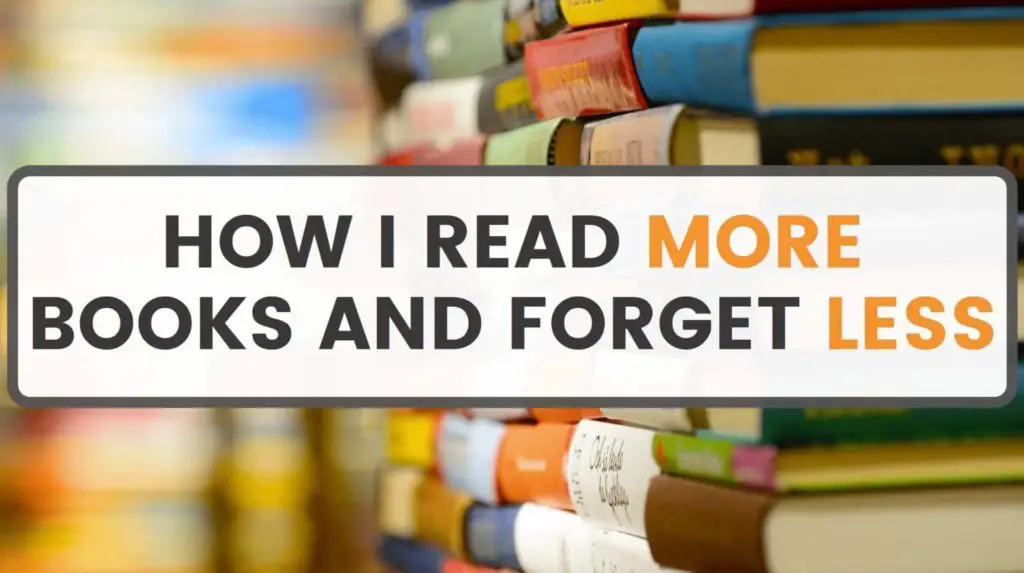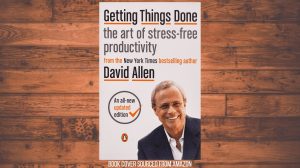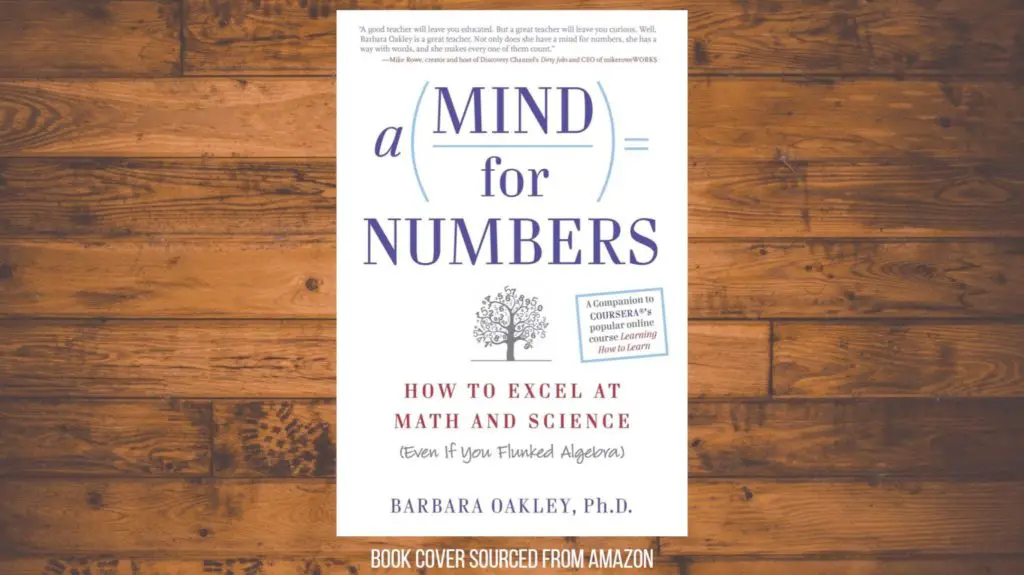This post may contain affiliate links, which means I’ll receive a commission if you purchase through my links, at no extra cost to you. Please read full disclosure for more information.
If you are an avid reader and someone who reads for the sake of gaining knowledge, reading more books is something that will interest you.
It’s not solely about the volume of books you read. It’s about the volume of information you retain from what you read.
To retain more, you must forget less. It seems simple enough, but I grappled with this problem for years. I would read a book intensely and highlight anything I deemed to be important. Afterwards, I would retain information for about a month before forgetting most of the material.
HOW I READ MORE
To read more, you have to read faster, read more hours, or a combination of both. I don’t consider myself a speed reader, so the way I read more is by clocking in more time reading.
Once I decided to try out a Kindle, I noticed the time I spent reading increased two-fold.
Why I Started Using a Kindle
I have always been a person who liked reading physical books. I enjoy the feeling of a book in my hands and the smell of a brand new book’s pages.
I was hesitant to purchase a Kindle, but the benefits outweighed the costs (both financially and to my enjoyment of physical books).
About six months ago, I purchased the Kindle Oasis E-Reader and immediately began zooming through more books. There are several reasons for this:

1. It feels easier to march through a book on a Kindle.
In the bottom left corner, you can see how many minutes of the chapter you have left, calibrated to your reading time. In the bottom right, you can see what percentage of the book you are done with.
It’s easy to see these metrics and tell yourself, “I can read 15 more minutes to complete this chapter” or “I’ll read 10% of this book per day.“
2. The act of reading is more convenient.
The Kindle Oasis is light (6.8 oz), portable, comfortable to hold, and has a backlit screen. This makes it convenient to read pretty much anywhere.
Physical books can get heavy. Reading them on the couch or in bed can be strenuous on your wrists. You also need a light source, which requires you to buy a reading light or have a light on while you read.
Since reading is more convenient, I find myself reading more often. Whenever I have a pocket of downtime at work or at home, I grab my Kindle and read. A few 15-minute chunks each day can add up quickly.
3. E-books are cheaper.
To me, the cost of books have always been irrelevant because the value you gain from a good book should eclipse the cost of said book.
Still, the costs of books can add up if you are reading frequently. For me, I read about a book per week. Previously, this resulted in a cost of $60-$80 a month in book costs.

By opting for e-books, this reduces the amount I spend on books by 25% to 50%. An added bonus is that you never have to take a trip to the bookstore or wait for a book to be delivered. You can purchase your e-book and read it ASAP.
More photos of the Kindle (with this sleek case)
This Origami case makes using a Kindle even easier. It protects the device, while also acting as a stand.




HOW I FORGET LESS OF WHAT I READ
Reading books is pointless if the main takeaways do not crystallize in your memory. You must do something to help you remember what you read, or at least give yourself a resource where you can review a book’s most important points.
You can do this by implementing the following steps:
- Extract the main points of the book.
- Consolidate an even smaller list of the top 10-25 points.
- Summarize those points (and the book in general) in your own words for active learning.
- Revisit your summary to practice spaced repetition.
This workflow will help strengthen your memory of your reading. Whenever forgetting starts to set in, you can refresh by reviewing your summary rather than having to flip through the entire book.
Additional relevant reading:
- How to Learn More and Learn Faster: 20 Things to Do
- Book Review: Make it Stick
- Book Review: Deep Work by Cal Newport
Kindle Notes, Readwise, and Notion Integration
Extracting the main points of a book will begin with highlighting. I’ll explain why highlighting and extraction were big reasons why I opted to read through a Kindle.
With physical books, I would highlight the pages, finish the book, and still need to extract the main points. To do that, I would read through my highlights and type (or voice text) them into another app, like Notion or Google Docs.
Since I highlight A LOT, this became tedious and time-consuming.
Kindle solved this problem for me. On a Kindle, you can easily highlight as you read, using your finger. The device itself allows you to export these notes, but there is a limit to how many highlights you can export.

I get around this by instead exporting my Kindle notes to Notion through the Readwise and Notion integration. The two have an integration where your highlights will automatically sync and appear in Notion.
Additionally, there is no limit (that I am aware of) to the number of highlights you can export. This saves so much valuable time you can dedicate to other activities, such as reading more books (which is what I do and also how I read more).

Notion can hold your book notes and you’ll be able to access them on your desktop, phone, or tablet.
Here are the steps to integrating so your notes automatically sync to Notion:
- Create a Readwise account and sync your Kindle account to it.
- On Readwise, select the Notion integration and sync.
- Open your Notion account and a Readwise page will be in your sidebar.
Consolidating a Book’s Main Points
Following the extraction of information, next up is consolidation and active learning practices.
Although your highlights of a book have already condensed the information you can review, there is still far too much information left. If you can further narrow and memorize the top 10-25 points of a great book, you will be well off.
So the next step is to read through your exported highlights on Notion. In a different window, while reading your highlights, type out the main points you come across.
By the end of this process, you may find your list condensed to 30 points. Trim it down until you are content. Now you are certain you have the most critical takeaways listed out.

Creating a Summary
In addition to this, you can create a summary paragraph that discusses the book at a high level. The act of creating this summary will improve how much information you retain from the book.
In the future, you can take advantage of spaced repetition to prevent further decline in retention. Whenever your memory of the book’s points becomes fuzzy, review your summary.
SUMMARY
The goal isn’t to solely read more books. The goal is to learn more and retain more. Retaining a majority of the material from 5 books is more valuable than retaining a fraction of 10 books.
Today, I shared my personal method for reading more books and forgetting less. My Kindle Oasis E-Reader enables me to consume more books and helps streamline the process I use to forget less.
If you are an avid reader, I highly recommend you invest in a Kindle Oasis. In my eyes, it is an investment rather than a cost. The benefits you will receive will quickly outweigh the cost to purchase the device. You can purchase the Kindle Oasis through this link here.
I hope this information helps you in your journey to read more and learn more.



